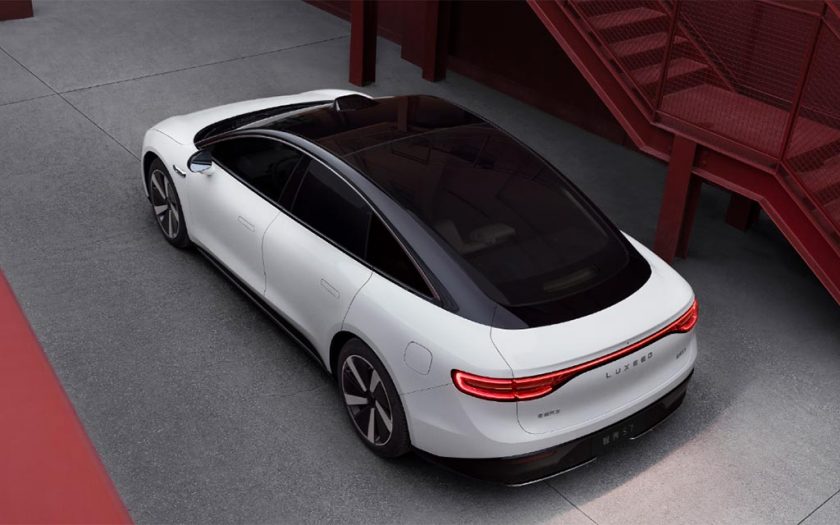WE HAVE BEEN HEARING about the impending release of Apple’s new car seemingly forever, but after ten years, it doesn’t seem any closer.
However, nature abhors a vacuum, which perhaps explains why Chinese smartphone companies have taken the initiative and produced cars with advanced digital features.
With the aim of keeping their phone customers fully engaged in hi-tech vehicles and to pre-empt the release of a car by Apple, Huawei and Xiaomi have both released new cars.
China is already a major market for both Apple and Tesla, accounting for as much as 20 percent of each company’s revenue. And as we are becoming well aware, China is where the majority of electric vehicles are built and sold.
It has long been predicted that the next generation of cars will effectively be “smartphones on wheels”. Not only are China’s smartphone giants looking at EVs, but Chinese EV manufacturers (such as NIO) are expanding into smartphones.
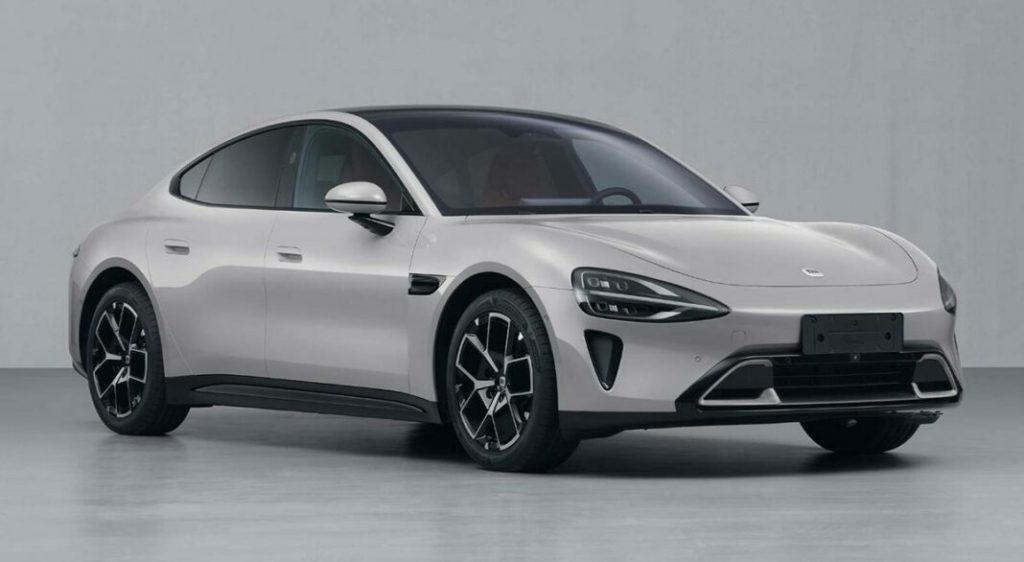
One company almost certainly unknown to Australians is Xiaomi. Last year, the company sold around 150 million smartphones. Last week in Beijing, the company unveiled its first car, an electric EV.
Founder Lei Jun said the car would be built using a “Tesla-like” casting method for the body, and would use chips and components from other manufacturers such as Nvidia, Qualcomm and Bosch.
And the Chinese company isn’t aiming low. Mr. Lei suggested the goal for its car “is to build a dream car that can rival the likes of Porsche and Tesla”.
Prices weren’t released at the launch, and it will be some months before the new car will reach the domestic market.
Meanwhile, another company more familiar to Australians also announced its new electric SUV two days before Xiaomi. Huawei, the giant smartphone company displayed a range of models, including a pure electric SUV with a projected price of around $US70,000 and aimed squarely at upmarket brands such as Tesla and BMW. While $US70,000 is hardly bargain basement, it compares with the Tesla Model X that starts at around $US100,000 in China.
Elon Musk is not unaware of the threat. “I think the Chinese car companies are extremely competitive,” he said in November, admitting that Tesla’s toughest competition is likely to emanate from China. Tesla has been slashing prices in China (and elsewhere) to pre-empt the threat.
An interesting sub-plot involves sanctions imposed by the US to stop Chinese accessing advanced microchips made using US technology. Huawei is well aware that it could offset the impact of US sanctions by selling cars.
The cars aren’t branded Huawei but have been designed in conjunction with established carmakers, and using Huawei-designed operating systems and driver assistance software. Naturally, smartphone users are able to synchronise settings and apps between both car and phone, something with great appeal, especially to the tech-savvy generation.
Huawei’s latest SUV is a collaboration with Chinese carmaker Seres. Last September, Huawei and Seres released a lower-end model, priced from $US35,000. Even at that price, more than 100,000 orders were taken (with non-refundable deposits!) in the first 2½ months. Once again, the Chinese obsession with Tesla is clear; the Telsa Model Y is priced from $US37,500 in China.
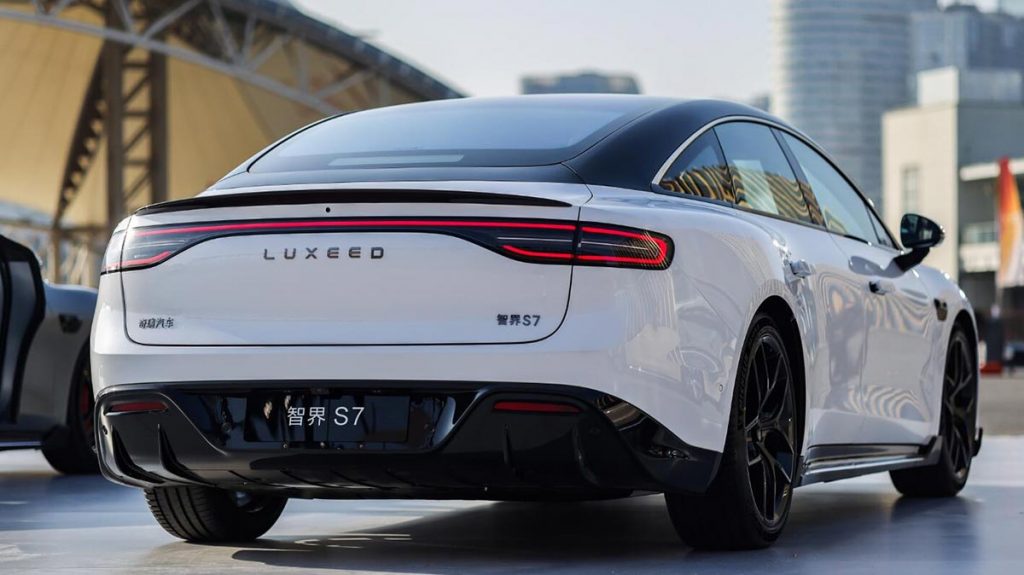
The new Luxeed, a joint production of Huawei and Chery
While Huawei is known to Australians for its smartphones, Chery is rapidly making a name for itself with new models in Australia, including the Omoda 5. The two companies have jointly created the Luxeed S7, which is sure to create plenty of interest in the Chinese market.
Richard Yu, head of Huawei’s automotive business, officially rolled out the Luxeed S7, the first sedan in the Chinese tech giant’s joint effort with a local automaker, at a launch event in Shanghai recently
The Luxeed S7 is an all-electric mid to large-size sedan model available in four variants – Pro, Max, Max+, and Max RS – with starting prices of RMB 249,800 ($AU52,866), RMB 289,800 ($AU61,331), RMB 319,800 ($AU67,680), and RMB 349,800 ($AU74,029), respectively. (Tesla’s Model Y AWD Long Range sells from $81,900 in Australia, the Model Y RWD from $68,900 and the Model Y Performance AWD from $94,900 [or $97, 895 when Luxury Car Tax is factored in]. The smaller Tesla Model 3 RWD sells from $61,900, while the AWD Long Range is $71,900.)
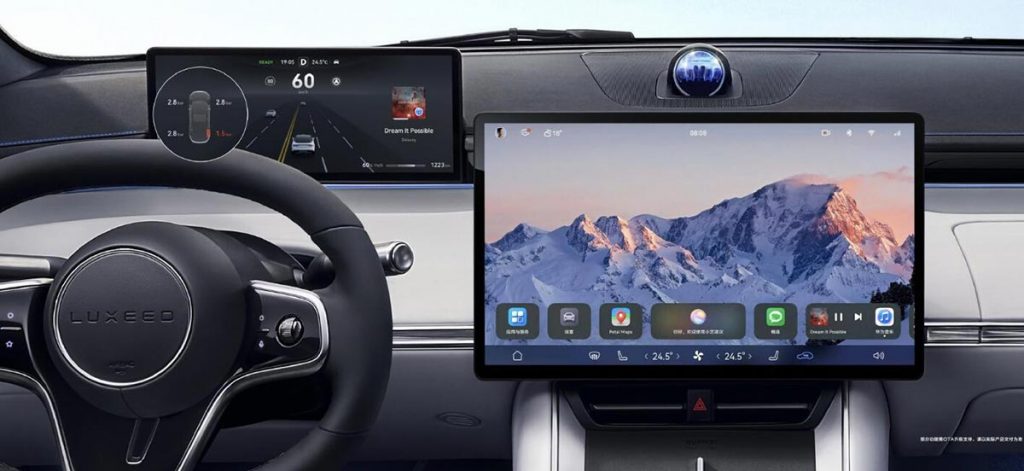
The Luxeed S7 measures 4971 mm in length, 1963 mm in width and 1,74 mm in height, with a wheelbase of 2950 mm. Once again, the similarities with the Tesla Model S (which is not available in Australia) are clear: the Model S sedan measures 4979 mm in length, 1964 mm in width and 1445 mm in height, and has a wheelbase of 2960 mm. And call us cynical, but the visual similarities between the two models are perhaps even closer.
The Luxeed S7 is built on Huawei’s 800 V-based Giant Whale high-voltage platform, with the version starting at RMB 319,800 $AU67,680) having a CLTC (China Light Vehicle Test Cycle) range of up to 855 km. Some observers believe the CLTC is rather generous, and it regularly records ranges well in excess of those achieved in European WLTP (Worldwide Light Vehicle Test Protocol)and American EPA (Environmental Protection Agency) procedures.
Its other three versions have CLTC ranges of 550 km, 630 km, and 705 km respectively.
The model can get a range of 215km on a five-minute charge and 430 km on a 15-minute charge.
The Luxeed S7 is available in single-motor and dual-motor versions, the former with a maximum power of 215kW and the latter with an additional front motor with a maximum power of 150kW.
The dual-motor four-wheel drive version can accelerate from 0 to 100 km/h in 3.3 seconds.
All but the least expensive version of the Luxeed S7 comes with a roof-mounted LiDAR, which allows it to support more capable assisted driving functions.
The Luxeed S7 is the first sedan to be built by Huawei with a carmaker. The tech giant has previously built SUVs with local carmakers, including Aito’s M-series models.
The Luxeed is the electrified equivalent of a BMW, Chery said in August.
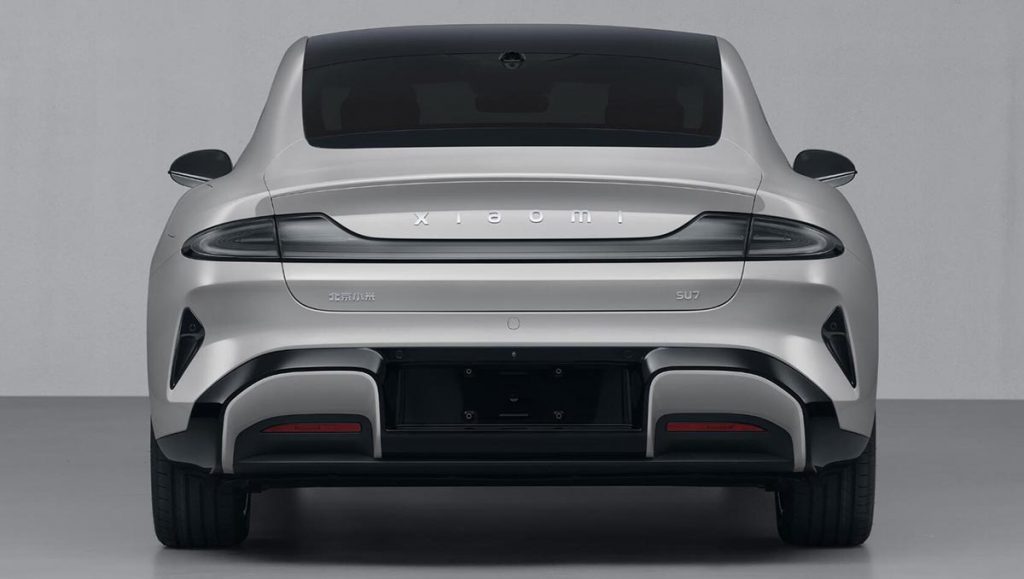
Xiaomi applies for sales licence for SU7 sedan
IN CHINA, EVERY CAR MUST be approved by the local regulator before being released on the market. Manufacturers are naturally disappointed that the Ministry of Industry and Information Technology publishes a list of vehicles undergoing the homologation process, especially since it reveals pictures and specifications of cars yet to be released.
Xiaomi has applied for a sales licence for its first EV, the Xiaomi SU7 sedan, another vehicle with remarkable similarities to Tesla.
The SU7 is an electric sedan 4997mm long, 1963mm wide and 1455mm high, with a wheelbase of 3000mm.
There will be two powertrain options: RWD with a 220kW motor and an AWD variant with maximum power of 495kW (220kW and 275kW). Kerb weight for the RWD model is 1980kg and top speed is limited to 210km/h. The AWD model has a kerb weight of 2205kg and a top speed of 265km/h.
There will be three versions: the SU7, SU7 Pro and SU7 Max. Some trim levels will feature an active rear wing.
The BAIC Off-road Vehicle Co. factory in production has already begun trial production of the SU7. BAIC also produces Mercedes-Benz cars in China under a joint venture, Beiling-Benz, established in 2005. BAIC holds 51 percent of the joint venture and is also a 10 per cent shareholder in Mercedes-Benz itself.
The SU7 was scheduled to start mass production in December 2023, with deliveries set to begin in February 2024.
